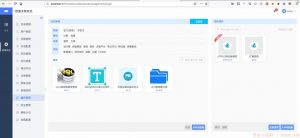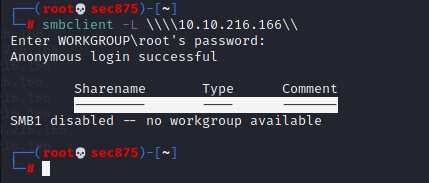source: http://www.securityfocus.com/bid/1980/info
Windows Media Player is an application used for digital audio, and video content viewing. An unsafe buffer copy involving remotely-obtained data exists in the Active Stream Redirector (ASX) component in Windows Media Player. The ASX enables a user to play streaming media residing on an intranet or external site. .ASX files are metafiles that redirect streaming media content from a browser to Windows Media Player.
The contents of ASX files, when being interpreted by Windows Media Player, are copied into memory buffers for run-time use. When this data is copied, it is not ensured that the amount of data copied is within the predefined size limits. As a result, any extraneous data will be copied over memory boundaries and can overwrite neighbouring memory on the program's stack.
Depending on the data that is copied, a denial of service attack could be launched or arbitrary code could be executed on the target host. Windows Media Player runs in the security context of the user currently logged on, therefore arbitrary code would be run at the privilege level of that particular user. If random data were entered into the buffer, the application would crash and restarting the application is required in order to regain normal functionality.
If a user was misled to download a hostile .ASX file to the local machine, they would only have to single click on the file within Windows Explorer to activate the code. This is due to the 'Web View' option that is used by Windows Explorer to preview web documents automatically while browsing (this feature is enabled by default). In addition, a malformed .ASX file could be embedded into a HTML document and be configured to execute when opened via a browser or HTML compliant email client.
https://github.com/offensive-security/exploit-database-bin-sploits/raw/master/bin-sploits/20427.zip
![图片[1]-Microsoft Windows Media Player缓冲区溢出漏洞-安全小百科](https://p0.ssl.qhimg.com/dr/29_50_100/t01bbbb9ac447dabd6a.png) CVE编号
CVE编号
![图片[2]-Microsoft Windows Media Player缓冲区溢出漏洞-安全小百科](https://p0.ssl.qhimg.com/dr/29_150_100/t01cd54df57948e31ea.png) CNNVD-ID
CNNVD-ID















恐龙抗狼扛2年前0
kankan啊啊啊啊4年前0
66666666666666